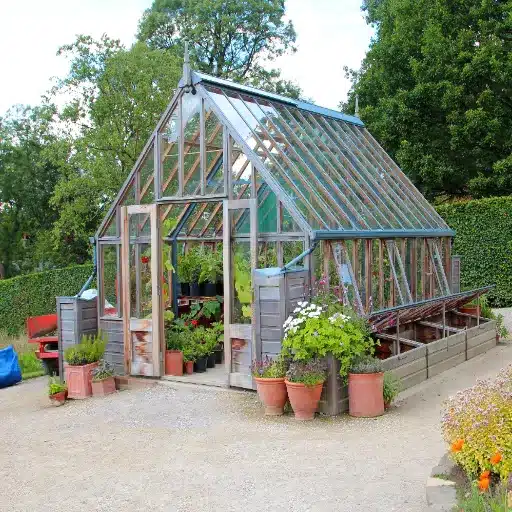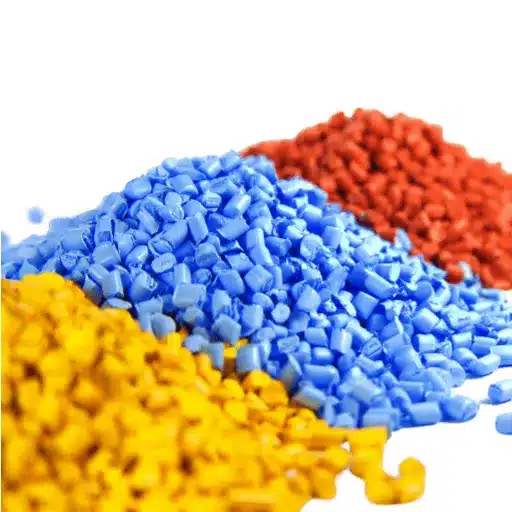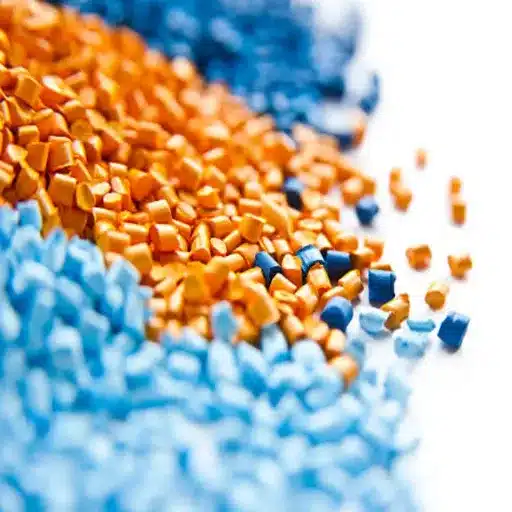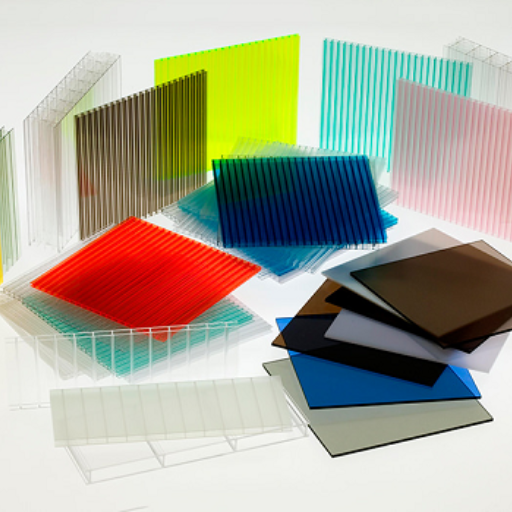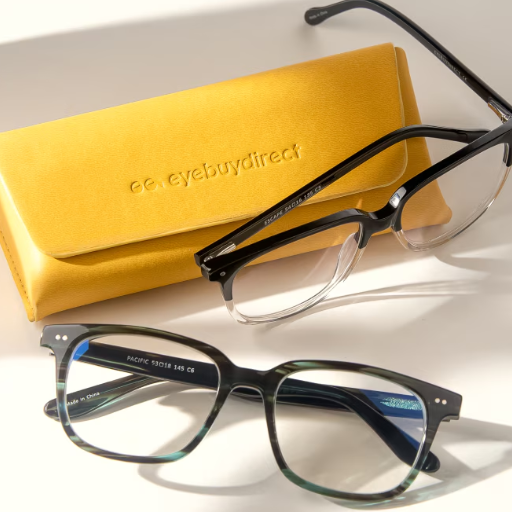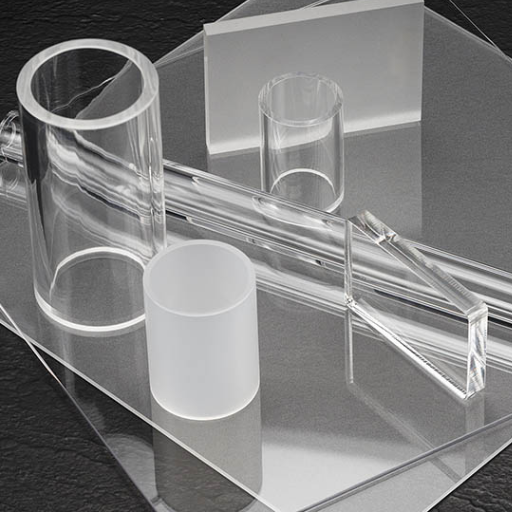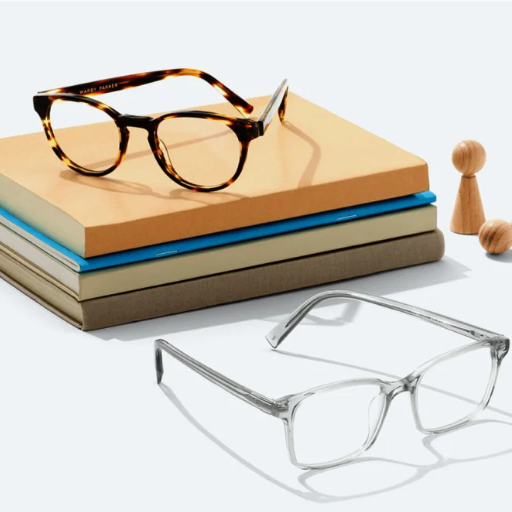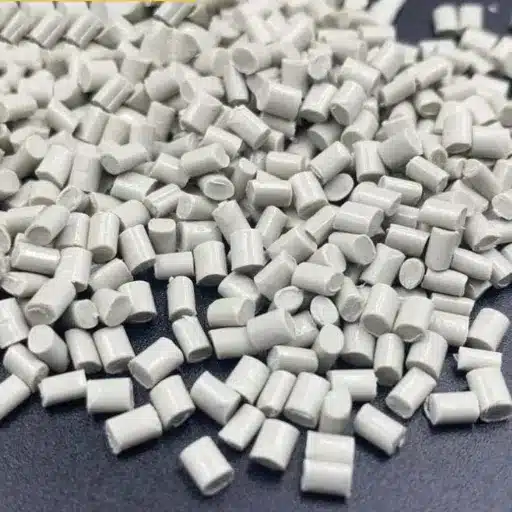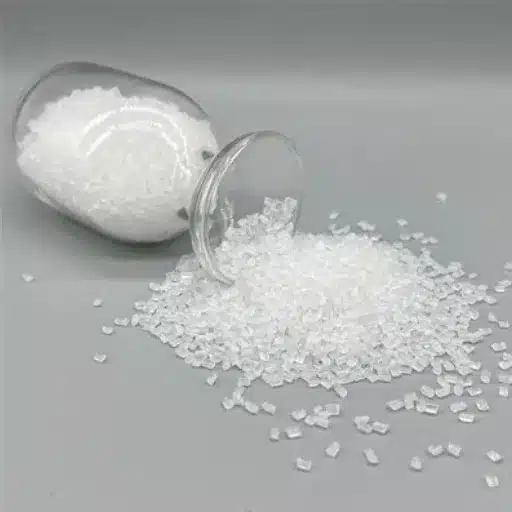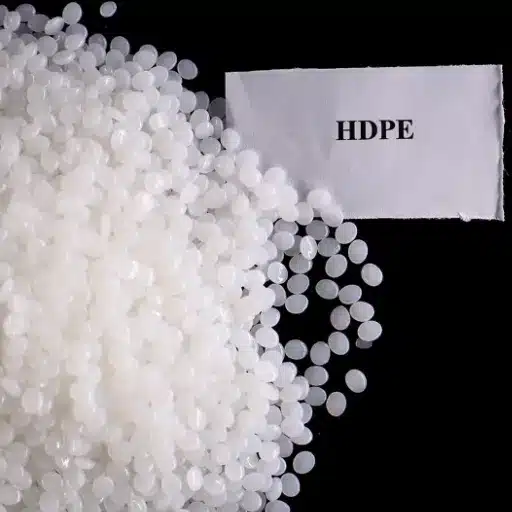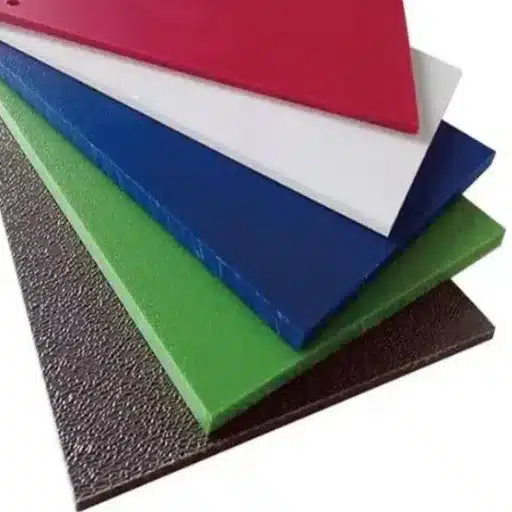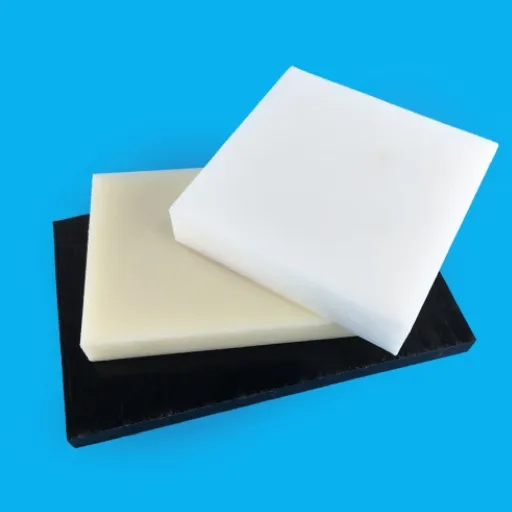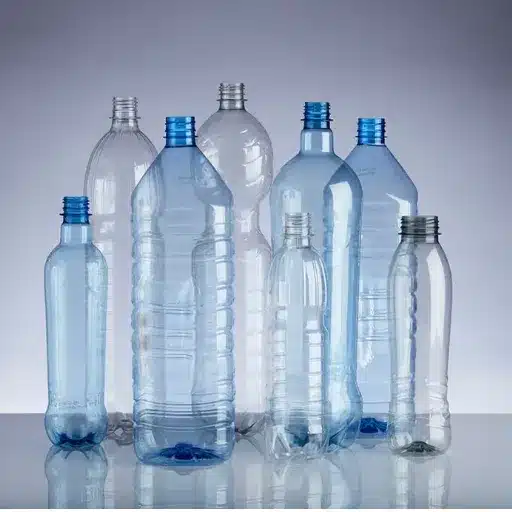Polycarbonate is an exceptional material that has made its way into various industries such as automotive and electronics because of its durability, flexibility, and aesthetic appeal. Out of the many types, ABS polycarbonate still remains the most adaptable and widely used material, inheriting the best qualities of both ABS (Acrylonitrile Butadiene Styrene) and polycarbonate. This comprehensive guide goes to the depths of ABS polycarbonate world to unveil its properties, uses, and advantages. If you are a manufacturer, designer, or just someone who wants to know more about the latest materials, then this detailed guide is the right place to learn the fundamental facts for the efficient understanding and use of ABS polycarbonate.
Introduction to Polycarbonate and ABS
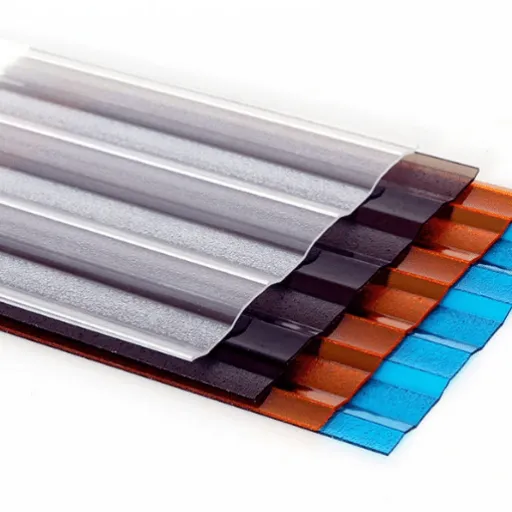
What is Polycarbonate?
Polycarbonate is a strong, light, and clear plastic that is a thermoplastic polymer, and it is mostly praised for its outstanding strength and versatility. Due to its remarkable impact resistance, polycarbonate has become a common choice where glass is too dangerous to use as it can absorb and resist really strong hits without shattering.
Key Characteristics of Polycarbonate:
- Exceptional Impact Resistance: Can absorb and resist strong hits without shattering
- Heat Resistance: Maintains properties at very high and low temperatures
- Easy Formability: Can be easily formed and shaped for various manufacturing processes
- Optical Clarity: Excellent transparency for lenses and protective panels
- UV Resistance: Natural protection against ultraviolet radiation
Polycarbonate finds extensive applications in automotive, construction, electronics, and healthcare sectors due to these remarkable properties.
What is ABS?
ABS or Acrylonitrile Butadiene Styrene is a powerful thermoplastic polymer that is extremely strong, durable and versatile. It is comprised of three monomers—acrylonitrile, butadiene, and styrene. Each monomer possesses certain traits that contribute toward the overall material.
Acrylonitrile
Provides chemical resistance and heat stability
Butadiene
Gives toughness and impact resistance
Styrene
Adds rigidity and a smoothly finished surface
ABS is a lightweight, cost-efficient, and easy-to-process polymer that is favored in many different industries. It has found its way into the production of various automotive parts, electronic enclosures, consumer goods, and toys, with Lego bricks being a famous example. In addition to this, ABS can be recycled extensively and reshaped through heating, thus facilitating eco-friendly practices in industrial applications.
Overview of PC-ABS Blends
PC-ABS (Polycarbonate-Acrylonitrile Butadiene Styrene) composites marry the impact resistance and heat resistance of polycarbonate (PC) with the easy processing and cheaper price of ABS. This mixed material is used for its extraordinary mechanical properties (toughness and high heat resistance) and is consequently a preferred material in the most stringent application areas.
Why Use PC-ABS Blends Instead of Pure Materials?
| Material | Strengths | Limitations |
|---|---|---|
| Pure ABS | Impact resistant, cost-effective | Lower heat resistance and rigidity |
| Pure PC | Very strong and durable | Difficult to process, expensive |
| PC-ABS Blend | Balanced performance, optimized costs | Requires specialized formulation |
The blend improves dimensional stability and surface finish offering both functional and aesthetic benefits. By fusing the two, manufacturers are able to possess a balanced, high-performing material that increases product longevity while optimizing production costs.
Properties of Polycarbonate and ABS
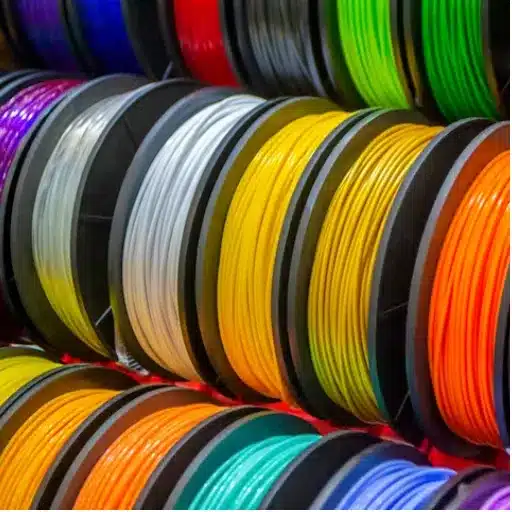
Mechanical Properties of Polycarbonate
Polycarbonate (PC) is a well-known material in many sectors due to its great mechanical properties. Here are the most important characteristics:
| Property | Value | Significance |
|---|---|---|
| Impact Strength | > 10 kJ/m² | Perfect for safety applications like protective helmets |
| Tensile Strength | 60-70 MPa | Resistant to breaking under pulling forces |
| Elongation at Break | ~100% | Very flexible, allows bending without losing strength |
| Heat Deflection Temperature | ~140°C | Maintains durability in tough thermal environments |
The combination of these mechanical attributes—along with its excellent optical properties and easy processing—makes polycarbonate a versatile and high-performing material.
Physical Properties of ABS
Acrylonitrile Butadiene Styrene (ABS) is a common thermoplastic polymer, and it is characterized by its durability, strength, and processability which are in a nice balance with each other.
Key Physical Properties of ABS:
Impact Resistance
Can resist very high-impact forces without fracturing
Heat Resistance
Heat deflection temperature: 80°C-100°C depending on grade
Low Density
Approximately 1.04 g/cm³, ideal for weight reduction applications
Chemical Resistance
Good resistance to acids, alkalis, and oils; vulnerable to organic solvents
The surface characteristics of ABS make it easier to customize through methods such as painting or coating and thus making it suitable for different industrial sectors like auto-making, consumer electronics, and toys. These features—alongside the economic factor, the easy machining, and the recyclable nature—further cement ABS as a very trustworthy material in different manufacturing processes.
Comparing ABS and Polycarbonate Properties
A side-by-side comparison of ABS (Acrylonitrile Butadiene Styrene) and polycarbonate reveals two materials with unique properties and advantages that correspond to different applications.
| Characteristic | ABS | Polycarbonate |
|---|---|---|
| Impact Resistance | Good | Superior (250x stronger than glass) |
| Optical Clarity | Opaque | Excellent transparency |
| Thermal Stability | 80-100°C | 140°C (higher glass transition temperature) |
| Cost | Lower, cost-effective | Higher |
| Ease of Manufacturing | Easy to machine | More complex processing |
| Chemical Resistance | Good but vulnerable to solvents | Lower than ABS |
| UV Resistance | Requires UV stabilizers | Leader in UV resistance |
| Primary Applications | Keyboards, automotive parts, toys | Safety glass, electronic displays, medical devices |
Material Selection Insight: Recent reports show that although the cost-effective and easy-to-machine nature of ABS is still very much its selling point, polycarbonate is always the first choice when transparency and high mechanical strength are paramount factors. These distinctions point to the necessity of material selection based on the specific needs of the application.
Impact Resistance and UV Protection

Impact Resistance of Polycarbonate
Polycarbonate Impact Strength
250x
Stronger than normal glass
Polycarbonate has the reputation of being the thermoplastic with the highest impact resistance; thus, it is one of the most durable plastics available. Evidence shows that polycarbonate possesses impact strength that is around 250 times greater than that of normal glass and much stronger than a number of plastics, like acrylic, for example.
Why Polycarbonate Has Superior Impact Resistance:
- Absorbs and disperses energy without cracking or breaking
- Impact resistance remains effective in extreme temperature variations
- Reliable in both very cold and hot conditions
- Ideal for high-stress applications requiring strong material performance
Common Applications Requiring High Impact Resistance:
- Safety Helmets: Protects against head injuries in construction and sports
- Bulletproof Glass: Security applications in banks and vehicles
- Protective Equipment: Industrial safety gear and shields
- Electronic Device Casings: Smartphones, tablets, and laptops
UV Stability of ABS vs Polycarbonate
When examining the UV stability of ABS (Acrylonitrile Butadiene Styrene) and polycarbonate, it is clear that polycarbonate has a better ability to resist UV degradation.
| Material | UV Stability | Requirements for Outdoor Use |
|---|---|---|
| ABS | Becomes yellow, develops cracks, or loses toughness over time | Requires UV stabilizers for outdoor applications |
| Polycarbonate | Excellent UV resistance from molecular structure | Can be further protected with coatings; best choice for outdoor use |
Research Findings: Current investigations revealed that UV-protected modified polycarbonate materials could maintain clarity and reinforcement for years even when exposed to direct sun, however, non-treated ABS would need added UV protection to survive the same conditions. Moreover, while both materials can be modified for outdoor applications, polycarbonate generally, in its natural or improved form, guarantees that it will last longer and will be more resistant to the effects of UV light.
Applications Benefiting from Impact Resistance
Among the various materials that offer impact resistance, polycarbonate and ABS are the main ones that industries benefit from in the most diverse applications. Their shock and physical force resistance gives them the place in the list of materials that are fit for demanding environments.
🚗 Automotive Industry
Headlamp covers, bumpers, and interior parts where durability and safety features are critical
🏗️ Construction Field
Glass, plastic sheets, and fences to protect workers and provide structural integrity
📱 Electronics Manufacturing
Casings for appliances and devices to keep internal parts secure from drops and impacts
💻 Portable Devices
Smartphones and tablets benefit from robust shield against accidental drops and impacts
This trend of wider application is indicative of the escalating need for dependable materials in both consumer and industrial markets, which helps to secure prolonged usage and high performance across various fields.
Tensile Strength and Chemical Resistance
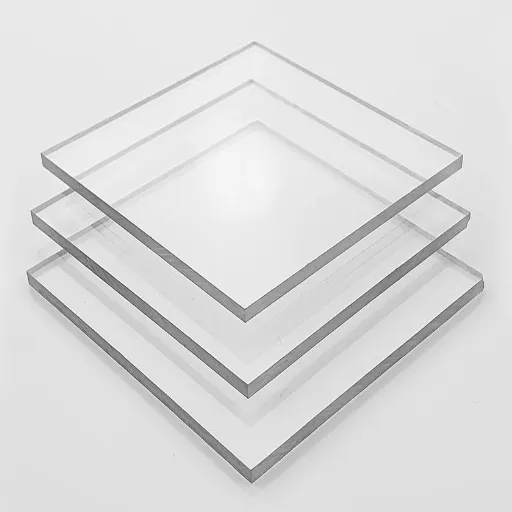
Tensile Strength Comparison: ABS vs Polycarbonate
ABS (Acrylonitrile Butadiene Styrene) and polycarbonate are two of the most commonly used materials, mainly because of their excellent properties such as strength and durability. In the case of tensile strength comparisons, polycarbonate nearly always wins over ABS.
Tensile Strength Comparison
Polycarbonate
60-70 MPa
Higher tensile strength
ABS
40-50 MPa
Good tensile strength
Key Takeaway: Polycarbonate is much stronger and can resist more stress before it reaches the point of breakage. Polycarbonate’s amazing tensile strength also means that it is more durable and hence, it can be applied to such situations that demand a lot of impact resistance and high quality of support. Still, ABS is cheaper and easier to manufacture, which is why it is often used for non-demanding applications. Nonetheless, the decision to use either ABS or Polycarbonate ultimately lies on the particular needs of the application from the perspective of strength, durability, and budget.
Chemical Resistance of Polycarbonate
Polycarbonate is widely acknowledged for its very strong chemical resistance to many different kinds of chemicals, thus it is considered a versatile material in a wide range of industries as well as consumer applications.
| Chemical Type | Resistance Level | Notes |
|---|---|---|
| Diluted Acids | ✓ Excellent | Very good resistance |
| Alcohols | ✓ Excellent | Very good resistance |
| Oils & Greases | ✓ Excellent | Very good resistance |
| Aliphatic Hydrocarbons | ✓ Excellent | Very good resistance |
| Concentrated Acids | ⚠ Limited | May cause degradation |
| Alkalis | ⚠ Limited | Not recommended for high concentrations |
| Organic Solvents (Acetone) | ✗ Poor | May lead to stress cracking |
| Organic Solvents (Benzene) | ✗ Poor | May lead to degradation |
Recent Developments: New studies state that due to the development of new polycarbonate formulations, the chemical resistance of polycarbonate has been further extended and adapted to specific industries like automotive and healthcare. This is how polycarbonate has become one of the important materials in such applications where strength and chemical resistance are both needed.
Best Material Selection for Specific Applications
When it comes to different materials for varied applications, one has to go through a very thorough process of assessment of the properties of the materials as they relate to the expected use.
Material Selection Decision Framework:
Choose Polycarbonate When:
- High durability is required
- Transparency and optical clarity are essential
- Lightweight construction is needed
- Operating in harsh environmental conditions
- Impact resistance is paramount (automotive headlights, protective equipment)
- UV resistance for outdoor applications is necessary
Choose ABS When:
- Cost-effectiveness is a priority
- Easy processing and manufacturing are important
- Aesthetic versatility is required (painting, coating)
- Moderate impact resistance is sufficient
- Indoor applications with no UV exposure
- Chemical resistance to acids and oils is needed
Choose PC-ABS Blends When:
- Balanced properties of both materials are desired
- Better chemical or thermal performance is required
- Cost optimization while maintaining high performance
- Complex parts requiring both strength and processability
- Automotive interior parts and medical devices
Sustainability Consideration: Engineers and designers should take sustainability goals into consideration since the advancements in recycling technologies have enabled better lifecycle management of polycarbonate-based products. Therefore, a holistic approach to the selection of materials will not only ensure that the best material is chosen in terms of functionality but also in terms of the environmental and economic requirements.
Applications of ABS Polycarbonate
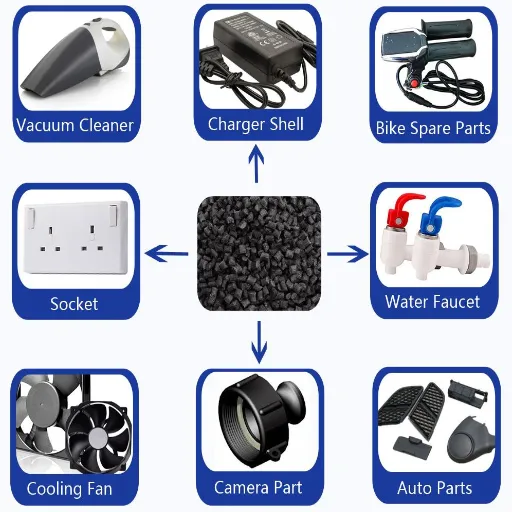
Common Uses in Industries
ABS polycarbonate is globally used in multiple industries because of its remarkable properties like strength, impact resistance, and versatility. Here’s how different sectors utilize this exceptional material:
Automotive Sector
The automobile sector heavily relies on ABS polycarbonate for production of lightweight and sturdy parts:
- Headlamp housings
- Interior trims
- Dashboard elements
- Mirror housings
- Protective casings
Electronics Industry
This material is employed in making cases and enclosures that are both strong and long-lasting:
- Laptop casings
- Smartphone enclosures
- Gaming consoles
- Consumer appliances
- Electronic device housings
Construction Industry
Using features to create high-performance materials:
- Roofing sheets
- Skylights
- Safety materials
- Protective panels
- Glazing systems
Healthcare Sector
Applications requiring highest safety and durability standards:
- Medical devices
- Laboratory equipment
- Sterilizable components
- Diagnostic equipment
- Surgical instruments
With the continuous improvement in manufacturing methods and an increasing focus on being eco-friendly, the different sectors come up with new applications for ABS polycarbonate that will make it still attractive in the future for the meeting of modern design and functional needs.
Innovative Applications of PC-ABS Blends
PC-ABS blends have become very popular in different industries due to their great combination of properties such as high impact resistance, heat resistance, and excellent mechanical strength. These features make them especially suitable for difficult applications where durability and thermal stability are essential.
Emerging Applications of PC-ABS Blends:
🖨️ 3D Printing Revolution
Recently 3D printing has been employed in the production of prototypes and end-user parts, resting on the operation of their easy handling and flexibility. PC-ABS blends offer excellent layer adhesion and dimensional stability for additive manufacturing.
🌱 Eco-Friendly Formulations
The recent developments in eco-friendly sourced PC-ABS blends place less burden on the environment, which is in line with the worldwide movement towards environmentally-friendly manufacturing. These materials combine top-notch performance with environmental concern.
⚡ Advanced Electronics
PC-ABS blends are now the main ingredient in the production of light and strong enclosures for laptops, smartphones, and gaming consoles, thus satisfying the artistic and practical needs at the same time.
Future Trends and Developments
🚀 Emerging Trends in PC-ABS Development
AI & Machine Learning
AI models can sift through enormous amounts of data to forecast material performance and discover new green formulations
Advanced 3D Printing
Further adoption in rapid prototyping and mass production, meeting changing sector requirements
Sustainability Focus
Increased searches for biodegradable plastics and recyclable composites indicate worldwide demand for greener solutions
Industry Insight: There has been a tremendous increase in the number of searches on “biodegradable plastics,” “recyclable composites,” and “carbon-neutral manufacturing,” which are indicative of the worldwide demand for greener solutions. This change highlights the pivotal part that next-gen materials such as upgraded PC-ABS blends will take in the emergence of a sustainable and progressive industrial economy.
Benefits and Drawbacks of ABS Polycarbonate
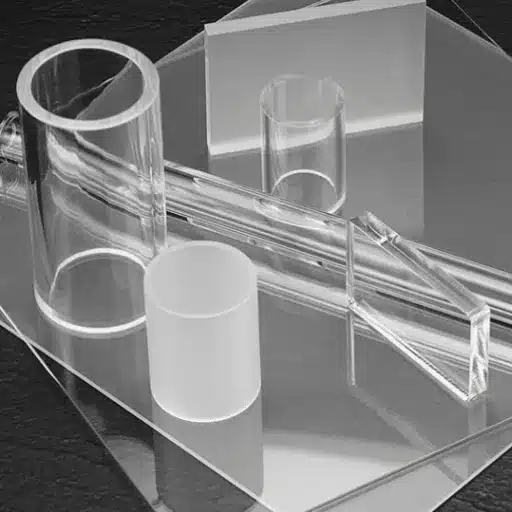
Advantages of Using ABS Polycarbonate
The plastic material known as ABS Polycarbonate (PC-ABS) is one of the most popular due to its unique nature of being tough and also resistant to heat and other stresses that are common in various industries.
✓ Key Advantages
Superior Toughness
Exceptional resistance to impact and physical stress in automotive, electronic, and consumer goods industries
Heat Resistance
Capacity to absorb and handle high temperatures qualifies it for competitive environments
Dimensional Stability
Aids in the precision required for manufacture of intricate parts
Green Applications
More easily recyclable with smaller carbon footprint, aligning with worldwide demand for sustainable materials
Enhanced Wear Resistance
Innovations in material technology create blends with higher resistance to wear while remaining affordable
Balanced Performance
Combination of eco-friendliness and innovation makes it go-to material for modern applications
Drawbacks and Limitations
While there are numerous benefits associated with ABS Polycarbonate, there are also some downsides and restrictions attached to it that should be carefully considered:
⚠ Limitations to Consider
Higher Cost
High price tag compared to other plastics can make small scale producers or low budget projects stay away from this premium material
UV Degradation
When exposed to sun and weather, can start to lose properties, requiring periodic coating with UV protective layers
Recycling Challenges
Difficult to recycle due to multifaceted structure, demands specialized treatment and facilities
Fossil Fuel Dependency
Production dependent on fossil fuels, making sustainability questioned in the long run
Important Note: These drawbacks signal the need for careful analysis of the material’s pros and cons when deciding about its use. Understanding both advantages and limitations ensures optimal material selection for specific applications.
Choosing Between ABS and Polycarbonate
When picking between ABS and Polycarbonate, it is very important to take into account the factors such as durability, weight, cost, and environmental impact especially when making designs for products like electronic housings, car parts, or kitchen appliances.
| Selection Criteria | Choose ABS | Choose Polycarbonate |
|---|---|---|
| Primary Goal | Aesthetic versatility and cost-effectiveness | Impact resistance, strength, and heat resistance |
| Budget Consideration | Lower price, easy handling | Higher processing requirements, premium material |
| Typical Applications | Electronic housings, kitchen appliances, consumer goods | Protective glasses, high-performance machines, aircraft parts |
| Sustainability | Concerns about petrochemical source; demand for bio-based or recycled formulations | Increasingly popular in industries shifting towards eco-friendly alternatives |
| Best For | Applications where cost and processability are paramount | Applications requiring maximum performance and durability |
Decision Framework: In the end, the selection between these two materials boils down to the particular characteristics of your project and the long-term objectives including the environmental aspects and the efficiency of the product’s lifecycle. Current search trends have pointed out an upsurge of interest in aspects related to sustainability and recycling, making it essential to consider environmental impact alongside functional requirements.
Frequently Asked Questions (FAQ)
❓ What are the mechanical properties of polycarbonate and ABS?
Polycarbonate (PC) and ABS (acrylonitrile butadiene styrene) have different mechanical properties, yet they are complementary:
- Polycarbonate: Can withstand the most severe impacts and maintain its character. Ranked as a leader in UV resistance among plastics.
- ABS: Offers stability of colors and properties (good dimensional conformity) and flexibility which is essential for injection molding applications.
The ratio of the two materials, PC to ABS, in a blend, comes to play in a very significant way in determining their mechanical properties enhancement and the overall performance of the final product.
❓ How does the impact resistance of ABS measure against that of polycarbonate?
The aspect of impact resistance is a decisive factor when we put polycarbonate against ABS:
| Material | Impact Resistance Level | Best Applications |
|---|---|---|
| Polycarbonate | Superhigh – Superior performance | Safety glasses, protective equipment, high-stress applications |
| ABS | Good – Moderate level | Consumer products where extreme impact resistance is not main concern |
The energy absorption, heat resistance that comes with PC and its ductility lead to it being suited for high-stress application areas. Still, ABS is more cost-efficient for non-demanding environments.
❓ What physical characteristics define ABS plastic?
ABS plastic boasts many physical characteristics that make it a versatile engineering thermoplastic:
- Good combination of toughness, rigidity, and heat resistance
- Excellent low-temperature resistance for diverse applications
- Hard to scratch with very nice finish for consumer products
- Good dimensional conformity and flexibility
- Does not have the higher heat deflection temperature that polycarbonate claims
A comprehension of these specific properties can guide manufacturers in the selection of the most suitable material for their requirements.
❓ What is the chemical resistance comparison of ABS and PC?
With regard to chemical resistance, polycarbonate can be considered to be a more durable material over ABS in the first place:
Polycarbonate (PC)
Can endure a huge number of chemicals including those found in automotive applications. Unique features give it an edge in areas where harsh chemicals are present.
ABS
Closer to being affected by damage from some solvents. Has assigned places according to level of chemical resistance.
It is always important to think of the very purpose and environmental conditions when deciding which of the two plastics to choose. Both materials have their specific applications based on chemical exposure requirements.
❓ What are the most suitable properties of PC and ABS for injection molding?
The most suitable properties of PC and ABS for injection molding are their processing efficiency and versatility. Injection molding techniques can conveniently manufacture both materials enabling the production of complex shapes and designs:
Key Injection Molding Benefits:
- Polycarbonate: Ductility allows it to be molded into very complicated parts with high precision
- ABS: Chosen for process-friendly properties and lower production costs
- Combined Benefits: These attributes increase usability across various sectors including automotive and consumer goods
Knowing the particular properties and limits of each material can significantly aid manufacturers to improve their production systems and achieve optimal results.
Key Takeaways
✓ Material Synergy
PC-ABS blends combine the best properties of both materials for optimal performance
✓ Superior Strength
Polycarbonate offers 250x stronger impact resistance than glass with excellent heat resistance
✓ Diverse Applications
Used extensively across automotive, electronics, construction, and healthcare industries
✓ Future Innovation
Emerging technologies like AI-driven formulation and eco-friendly blends driving next-gen developments
Conclusion
ABS Polycarbonate represents a remarkable achievement in material science, successfully combining the best attributes of two exceptional polymers into a single, high-performance material. Its unique blend of impact resistance, heat stability, dimensional accuracy, and processing versatility makes it an indispensable choice for demanding applications across multiple industries.
From automotive components to medical devices, from consumer electronics to construction materials, PC-ABS blends continue to prove their worth in applications where reliability, durability, and performance are non-negotiable. The material’s ability to withstand harsh environmental conditions, resist impacts, and maintain structural integrity under thermal stress positions it as a superior solution for modern engineering challenges.
As we look toward the future, the development of eco-friendly formulations, AI-driven material optimization, and advanced manufacturing techniques like 3D printing promise to expand the capabilities and applications of PC-ABS blends even further. The growing emphasis on sustainability is driving innovations in recyclability and bio-based alternatives, ensuring that these materials will continue to meet both performance and environmental standards.
Whether you’re selecting materials for a new product design, evaluating options for manufacturing processes, or exploring sustainable alternatives, understanding the comprehensive properties and applications of ABS Polycarbonate empowers you to make informed decisions. By carefully weighing the advantages against the limitations and aligning material selection with specific project requirements, you can harness the full potential of this versatile engineering thermoplastic to create innovative, durable, and high-performance solutions that meet the demands of today’s rapidly evolving technological landscape.
Reference Sources
Johns Hopkins University – PC-ABS Material Properties and MSDS
Provides detailed information on the properties of PC-ABS, including its strength, heat resistance, and applications in automotive and electronics. Source
University of Connecticut – PC-ABS Filament Properties
Discusses the characteristics of PC-ABS as a thermoplastic blend used in FDM 3D printing, highlighting its optimal performance. Source
West Virginia University – Processing and Characterization of PC/ABS Blends
Explores the blending of recycled polymers with PC/ABS to increase recycled content and improve material properties. Source






